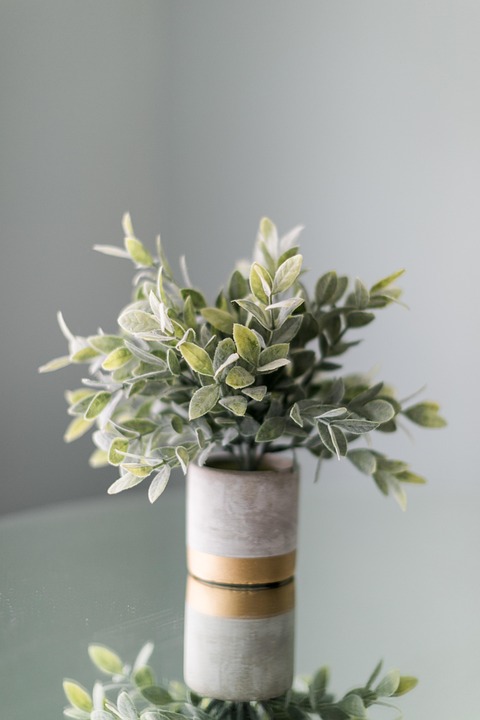The Green Oasis: A Beginner’s Guide to Thriving Houseplants
Houseplants have become increasingly popular in recent years, as more people seek to bring a touch of nature into their homes. Not only do houseplants add beauty and warmth to indoor spaces, but they also offer a range of health benefits, including improved air quality and stress relief. If you’re new to the world of houseplants, it can be overwhelming to know where to start. That’s why we’ve put together this beginner’s guide to help you create your own green oasis.
Choosing the Right Plants
Before you start building your indoor garden, it’s important to consider which plants will thrive in your home. Factors such as light levels, humidity, and temperature will all play a role in determining which plants are best suited to your space. Some popular houseplants that are known for their easy care include pothos, spider plants, and snake plants. These plants are all relatively low maintenance and can tolerate a variety of conditions.
Light Levels
One of the most important factors to consider when choosing houseplants is the amount of light they will receive. Some plants, such as succulents and cacti, thrive in bright, direct sunlight, while others, like ferns and peace lilies, prefer lower light levels. Before purchasing a plant, take note of the lighting conditions in your home and choose plants that will be happy in that environment.
Watering and Humidity
Another key consideration when caring for houseplants is watering and humidity levels. Overwatering is a common mistake that can lead to root rot and other issues, so it’s important to water your plants only when the soil is dry to the touch. Additionally, some plants, such as ferns and orchids, require higher humidity levels to thrive. You can increase humidity by misting your plants regularly or placing a humidifier nearby.
Potting and Soil
When it comes to potting your houseplants, it’s important to choose the right size container and well-draining soil. Most plants prefer to be slightly root-bound, so choose a pot that is only slightly larger than the plant’s current container. Additionally, using a high-quality potting mix that drains well will help prevent overwatering and root rot.
Fertilizing and Maintenance
Regular fertilizing is essential for keeping your houseplants healthy and thriving. Most plants benefit from a balanced fertilizer applied every few weeks during the growing season. Additionally, regular maintenance tasks such as pruning dead leaves and repotting when necessary will help keep your plants looking their best.
Common Questions and Concerns
As a beginner houseplant enthusiast, you may have some common questions and concerns about caring for your plants. Here are a few tips to help you navigate some of the most common issues:
Why are my plant’s leaves turning yellow?
Yellowing leaves can be a sign of overwatering, underwatering, or nutrient deficiencies. To determine the cause, check the soil moisture level and adjust your watering schedule accordingly. Additionally, make sure your plant is receiving adequate light and nutrients.
How do I prevent pests on my plants?
Pests such as spider mites, mealybugs, and aphids can be a common problem for houseplants. To prevent pests, regularly inspect your plants for signs of infestation and treat them promptly with insecticidal soap or neem oil. Additionally, isolating new plants before introducing them to your collection can help prevent the spread of pests.
What should I do if my plant is not thriving?
If your plant is not thriving despite your best efforts, it may be time to reassess its care requirements. Consider factors such as light levels, humidity, and watering habits, and make adjustments as needed. Additionally, consulting with a local plant expert or joining a houseplant community can provide valuable insights and support.
Creating Your Green Oasis
With the right knowledge and care, anyone can create a thriving indoor garden that brings joy and beauty to their home. By choosing the right plants, providing proper care, and addressing common issues, you can create your own green oasis that will flourish for years to come. Remember to enjoy the process and don’t be afraid to experiment with different plants and techniques. Happy gardening!
By following these simple tips and guidelines, you can create a beautiful and thriving indoor garden that will bring joy and beauty to your home. Happy gardening!





















































